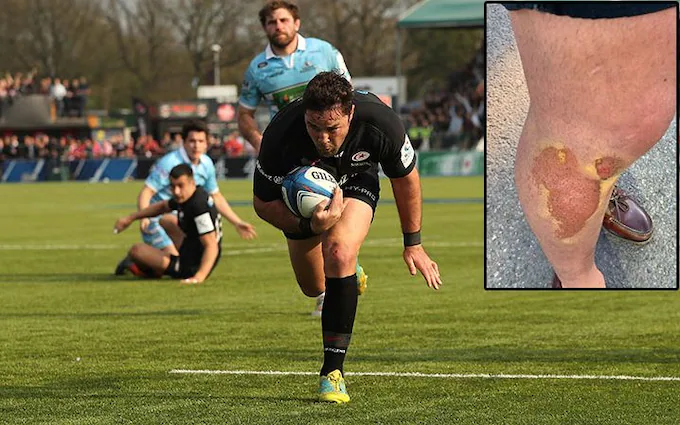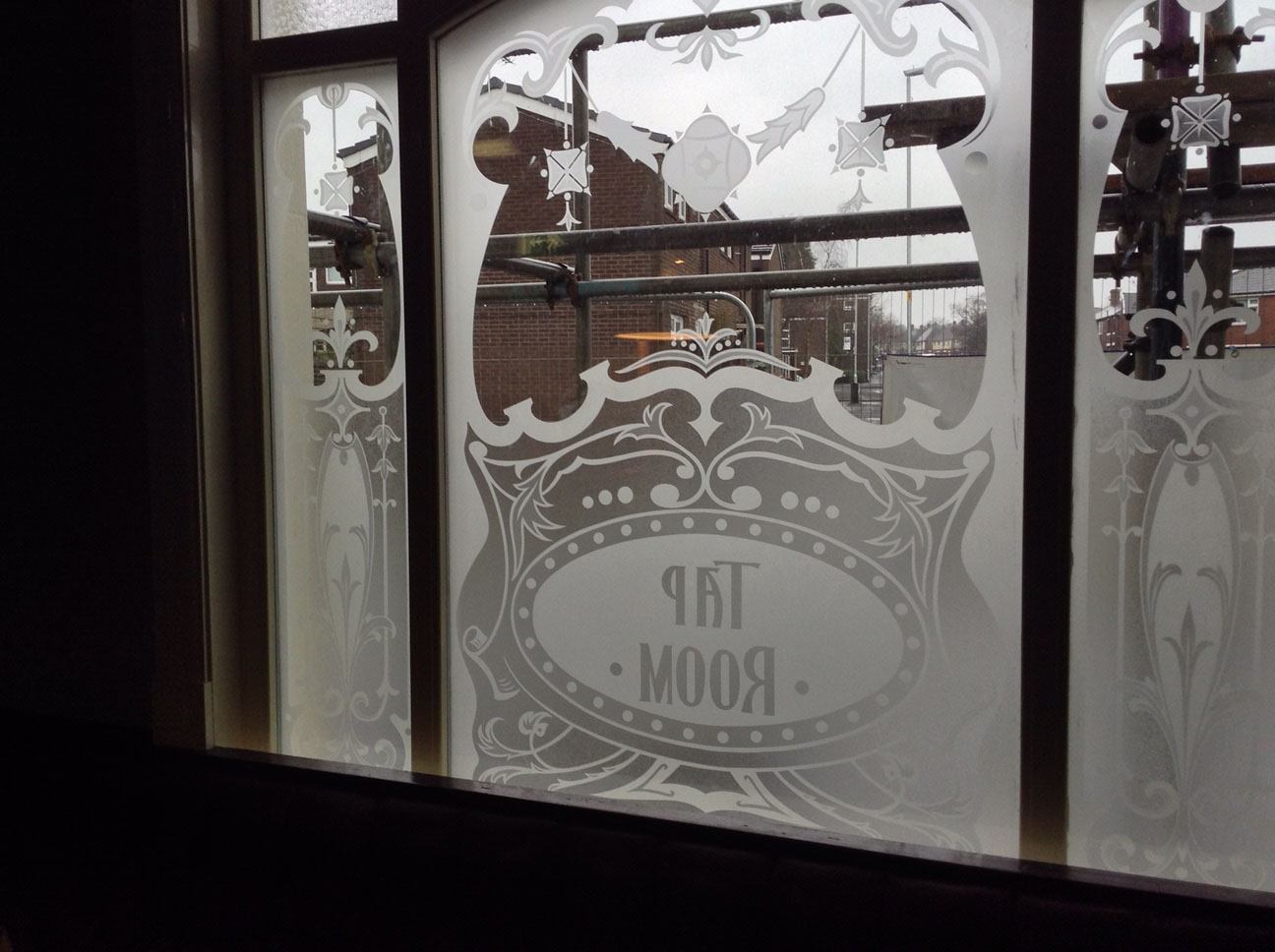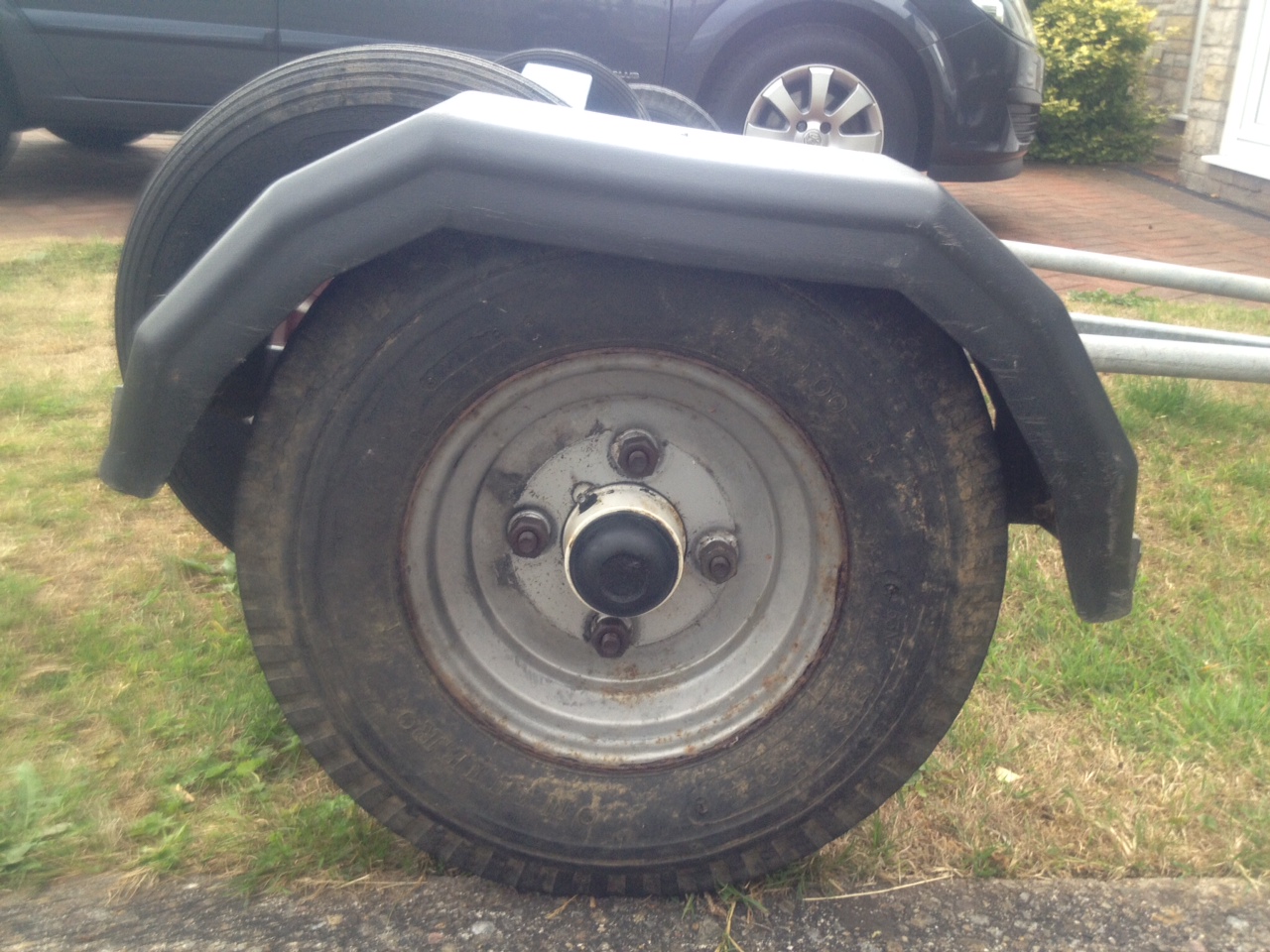
Synthetic pitches – recent studies have indicated a higher incidence of certain injuries on synthetic (3G and 4G) rugby pitches compared to natural grass surfaces. A comprehensive analysis published in the British Journal of Sports Medicine examined 2,128 knee injuries over 20 seasons in England’s Premiership Rugby. The findings revealed that the incidence of knee injuries was 44% higher on artificial surfaces also here than on natural grass.
Despite the advantages of a consistent playing surfaces and better drainage they remain unpopular with our Premiership players. Joe Marler feels they should be outlawed and Jack Nowell said “I can’t stand them,” its not just players as Pat Lam, the DoR at Bristol Bears said “I’m just talking facts. One guy got a knee injury just stepping and another guy a high ankle sprain, so he had surgery.”
This extract from the Times article highlights the severity of the injuries: ”
The findings were published on the British Journal of Sports Medicine website last October. Two of the paper’s 12 authors were the RFU’s chief medical officer, Simon Kemp, and one of the world’s best knee surgeons, Andy Williams. The authorship group also included physicians, physiotherapists, researchers, epidemiologists and governing body officials.
There were three key findings: 1) The incidence of knee injuries is high and the severity of those injuries is also high; 2) The number of injuries has remained stable relative to previous times but the severity of the injuries has risen significantly; 3) The incidence of knee injuries on artificial pitches during matches is significantly higher than on natural grass surfaces.
In the opinion of the authors,”significantly higher” translates as 44 per cent more likely to suffer a knee injury on an artificial pitch than on natural grass.”
In another study assessed 89 elite rugby union players over two seasons, comparing injury rates across natural grass, hybrid (natural grass with approximately 3% synthetic fibres), and fully synthetic surfaces. The results showed that overall match injury incidence doubled on hybrid and synthetic surfaces compared to natural grass. Specifically, the odds of sustaining a contact injury were more than twice as high on pitches with any synthetic content.
Over time if we look at a six seasons period the injury data from 15 professional English men’s rugby teams found that while injury incidence rates were similar across surface types, the injury burden (a measure combining both incidence and severity) was significantly greater on artificial surfaces with more severe hip/groin and foot/toe injuries on artificial surfaces.
Beyond these studies, players have reported specific concerns about synthetic pitches. For instance, Scarlets players Steff Evans and Johnny McNicholl experienced friction burns during a match against Glasgow Warriors at Scotstoun Stadium, leading one player to comment that the pitch “should be illegal.”
Collectively, these findings suggest that synthetic rugby pitches are associated with a higher risk of certain injuries, including knee injuries, friction burns, and more severe hip/groin and foot/toe injuries, compared to natural grass surfaces.
 In closing a vast majority of synthetic pitches in the UK use rubber crumb to help the fibres stand upright simulating grass on the old 2G pitches that used to be sand, there is no definitive proof that black rubber crumb from recycled car tyres are harmful as yet though there are concerns. Recently an organic alternative in the form of wooden pellets is gaining traction. Avoiding the use of rubber and having the advantage of being cooler in hot weather.
In closing a vast majority of synthetic pitches in the UK use rubber crumb to help the fibres stand upright simulating grass on the old 2G pitches that used to be sand, there is no definitive proof that black rubber crumb from recycled car tyres are harmful as yet though there are concerns. Recently an organic alternative in the form of wooden pellets is gaining traction. Avoiding the use of rubber and having the advantage of being cooler in hot weather.
For many the game of rugby played on quality newly mowed stripped turf with the faint aroma of cut grass may be the only way to fully enjoy the game.













